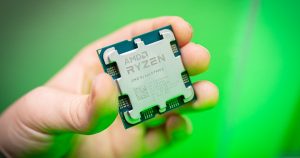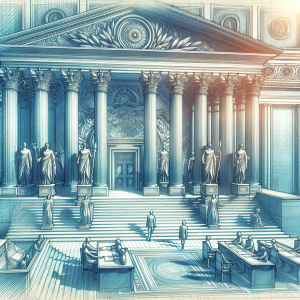In today’s fast-paced world, the ability to efficiently take notes is crucial for productivity and success. Whether in a business meeting, classroom, or personal setting, capturing important information accurately and quickly can make all the difference. With the advancement of technology, note-taking has evolved from the traditional pen and paper method to digital formats. One of the most revolutionary developments in this space is speech recognition technology, which allows users to convert spoken words into written text seamlessly. This article will explore the impact of speech recognition technology on note-taking, from its historical roots to its current state, and provide insights into the future of this transformative tool.
Historical Context
Speech recognition technology has come a long way since its inception in the mid-20th century. The first speech recognition systems were rudimentary and could only recognize a limited set of words. However, with advancements in artificial intelligence and machine learning, modern speech recognition technology has become highly sophisticated, capable of transcribing speech with remarkable accuracy. The evolution of this technology has paved the way for its integration into various applications, including note-taking.
Key developments in speech recognition technology:
– 1952: Bell Laboratories develops the “Audrey” system, which recognizes spoken digits.
– 1970s: Hidden Markov Models are introduced, revolutionizing speech recognition algorithms.
– 1990s: Dragon NaturallySpeaking is released, becoming the first commercially successful speech recognition software.
– 2010s: Apple’s Siri and Google Assistant bring speech recognition technology to mainstream consumer devices.
Current State
Today, speech recognition technology is widely available across different platforms and devices, making it more accessible than ever before. Whether through dedicated software applications or built-in features on smartphones and computers, users can dictate notes and have them transcribed in real-time. This not only saves time but also eliminates the need for manual typing, allowing users to focus on the content being discussed rather than the act of recording it. Additionally, speech recognition technology offers features such as voice commands, punctuation insertion, and language support, making it a versatile tool for note-taking in any context.
Practical applications of speech recognition technology in note-taking:
– Business meetings: Transcribe discussions and action items for easy reference.
– Lectures and seminars: Capture key points and concepts without missing important details.
– Interviews: Record conversations with accuracy for future reference.
– Creative writing: Dictate ideas and plot points for a seamless writing process.
Future Predictions
As speech recognition technology continues to advance, the future of note-taking looks promising. Innovations such as neural network models and deep learning algorithms are enhancing the accuracy and speed of transcription, making speech recognition even more reliable. Additionally, the integration of natural language processing capabilities is enabling speech recognition systems to understand context and nuances in language, further improving their performance. In the coming years, we can expect to see speech recognition technology being integrated into more devices and applications, making note-taking more efficient and effortless than ever before.
Key trends shaping the future of speech recognition technology:
– Increased accuracy and reliability of transcription.
– Integration with virtual assistants for seamless note-taking experiences.
– Expansion of language support and dialect recognition capabilities.
– Adoption of speech recognition technology in new industries and sectors.
Conclusion
In conclusion, speech recognition technology is revolutionizing note-taking by providing users with a convenient and efficient way to capture information. From its humble beginnings to its current state of sophistication, speech recognition technology has come a long way in transforming the way we record and store information. By leveraging the power of artificial intelligence and machine learning, speech recognition technology is poised to continue its evolution, offering users even more advanced features and functionalities in the future. As we embrace this transformative tool, we can look forward to a future where note-taking is no longer a tedious task but a seamless and intuitive process.




